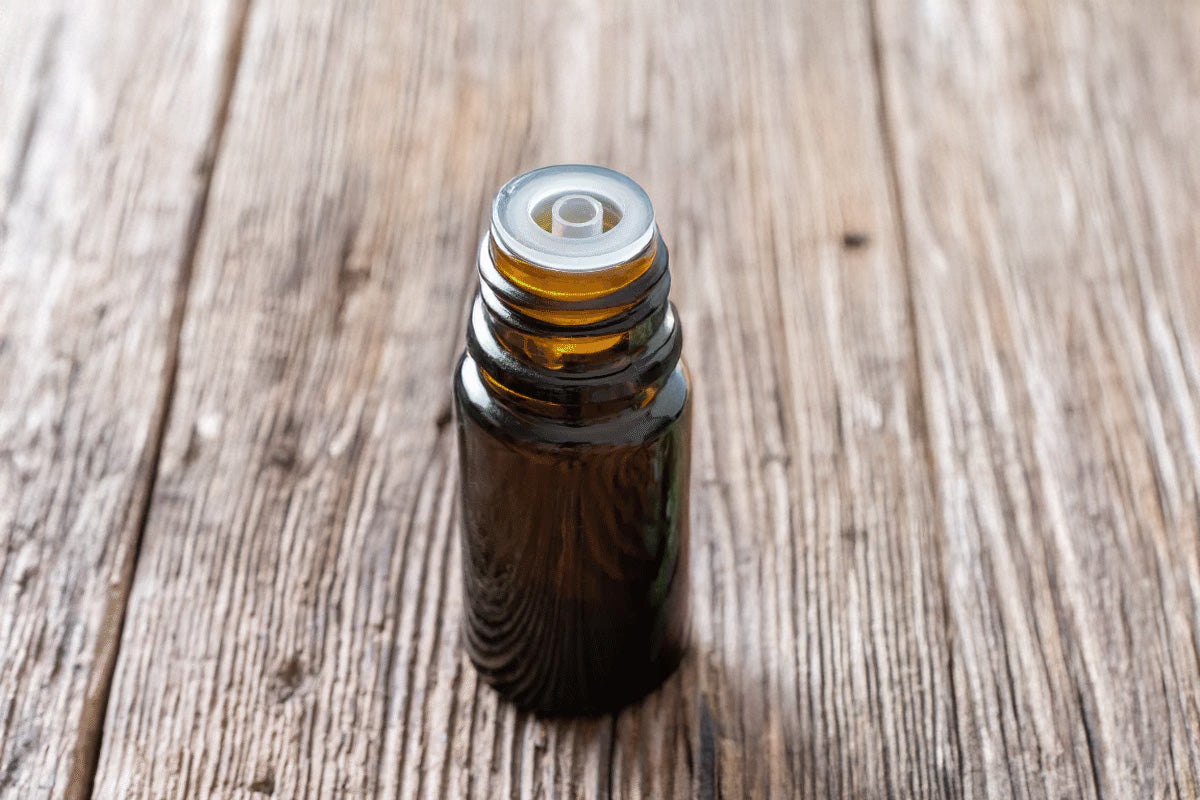

From ancient ceremonies to modern wellness practices and perfumed products, aromatic essences and incense have been a part of human history for thousands of years. While in earlier times, people scented their rooms with dried herbs and flowers, synthetic fragrances are now increasingly gaining the upper hand. It's no wonder, then, that nature-conscious people are increasingly yearning for natural fragrance alternatives to create a fresh atmosphere in their spaces.
Artemisia annua offers a fabulous and completely natural approach. This extremely versatile plant is not only fascinating for its use as an ointment or raw material— its intense, captivating scent is also ideal for room fragrance.
In this article, you'll learn everything you need to know about using Artemisia annua as a room fragrance. Immerse yourself in the fragrant, invigorating world of this unique plant.
Contents:
Artemisia annua: A brief botany guide
Artemisia annua, also known as "annual mugwort," is a herbaceous plant in the daisy family. It originates from Asia, where it has been highly valued for its diverse uses for many centuries. Its characteristic appearance is characterized by a bushy growth habit and delicate, dark green leaves that exude an intense fragrance .
One of its many applications is the cosmetics and fragrance industry. Its valuable essential oils are highly valued for the production of cosmetic products, perfumes, and room fragrances. Especially for use as a room fragrance, it represents a natural alternative to synthetic air fresheners.
Even the world's most luxurious perfumers, such as Roja Parfums or Versace, regularly use Artemisia as the herbal top note for their finest and most expensive Eau de Parfums.

The traditional use of Artemisia annua as fragrance or incense
The traditional use of Artemisia annua as a room fragrance or incense dates back a long time. Particularly in Chinese and European traditions, it was used as a smoke or room fragrance to neutralize unpleasant odors, "purify" the air , and thus create a pleasant atmosphere. For this purpose, people primarily used bundles of dried Artemisia annua leaves, which they lit and released to diffuse the smoke. Scented sachets filled with dried leaves, which they hung around the room or placed in cupboards or drawers, were also commonly used. The traditional practice of smoking and scenting with Artemisia annua leaves is still widespread in many cultures today.

This is how Artemisia annua room fragrance is produced today
In addition to its traditional use as incense, there are now numerous other methods for using Artemisia annua as a room fragrance. Thanks to enormous scientific advances, we are now able to extract the valuable fragrances directly from the leaves. The following methods are primarily used for this purpose:
Steam distillation: This is the traditional method for producing essential oils, which is also used for Artemisia annua essential oil. Steam is passed through the crushed leaves, which condense in a cooling tube. This creates a mixture of oil and water, which is then filtered to obtain pure essential oil.
- Solvent extraction: This involves using solvents such as ethanol or hexane to extract the essential oils from the leaves of Artemisia annua. After the solvent has extracted the essential oils, it is removed from the extract by distillation or evaporation. This produces a pure, concentrated extract that is virtually free of solvent residues.
- CO2 extraction: This process uses liquid carbon dioxide, which dissolves the extracts from Artemisia annua leaves under high pressure and low temperature. The result is also a highly concentrated and pure plant extract.
- Alcohol extract: An alcohol extract is made from fresh or dried Artemisia annua leaves, which are soaked in alcohol for several weeks. The valuable ingredients and fragrances dissolve and are preserved by the alcohol.
The aromatic properties of Artemisia annua room fragrance
But what does Artemisia annua actually smell like?
The scent of Artemisia annua is very versatile and multifaceted, as it is simultaneously calming and grounding, as well as refreshing and invigorating. Most people describe the scent as spicy, herbal, and aromatic. However, there is a slight hint of citrus , which gives the fragrance its vitalizing properties. The scent is reminiscent of fresh herbs and blooming gardens and conveys a feeling of freshness and lightness.
In addition, ancient indigenous peoples who burned Artemisia annua attributed purifying and cleansing properties to the smoke. They claimed that its intense, herbal scent could help dispel unpleasant odors and create clean, fresh air. Its invigorating aroma can brighten the mood and promote a positive atmosphere, making it ideal for use in homes, workplaces, and relaxation areas.
How to use Artemisia annua as a room fragrance
Now the question naturally arises: How can you use Artemisia annua as a room fragrance? What options are there for enjoying this enchanting scent in your own home?
Below is a list of the most common ways to use Artemisia annua as a room fragrance:
- Aroma diffusers: A diffuser is a device that vaporizes essential oils or fragrance oils and releases them into the air. Fill it with a small amount of distilled water and add a few drops of Artemisia annua anamed (A-3) plant extract. Again, the intensity of the fragrance depends on the number of drops added.
- Fragrance lamp: Just like a diffuser, a fragrance lamp is a device that vaporizes essential oils. Just a few drops are enough to spread the fragrance throughout the room and create a pleasant atmosphere.
- Room fragrance sprays: Fragrance sprays are probably the easiest and most practical way to enjoy the scent of Artemisia annua in your own four walls. They usually consist of an Artemisia annua extract, such as our "Artemisia annua anamed (A-3) plant extract 70% vol." You can easily pour this into a spray bottle and use it to scent your home as desired.
- Potpourri: This is a mixture of various fragrant plant parts, such as leaves and flowers, as well as spices or citrus peels. These are mixed in a bowl and placed in the room to subtly scent it. Our Artemisia annua leaf cuttings are ideal as an ingredient in a pleasantly refreshing potpourri mixture.
- Incense: Of course, you can also choose the traditional way to scent your home with Artemisia annua. Simply use a small amount of our Artemisia annua leaf cuttings and burn them in an incense burner, incense bowl, or incense burner.
Among the daisy family, there is one plant that we at teemana are particularly fond of: Artemisia annua, also known as annual mugwort.
Conclusion
As you can see, in addition to its numerous uses, Artemisia also offers the potential for an appealing and interesting room fragrance . With its calming yet invigorating, refreshing aroma, it's an excellent choice for enriching your home or workplace with a natural, pleasant scent.
At this point, we would like to once again invite you to discover the Artemisia annua products in our range. Our Artemisia annua leaf cuttings, in particular, offer the ideal component for room sprays, potpourris, or incense, giving your home a cozy, pleasant atmosphere.





